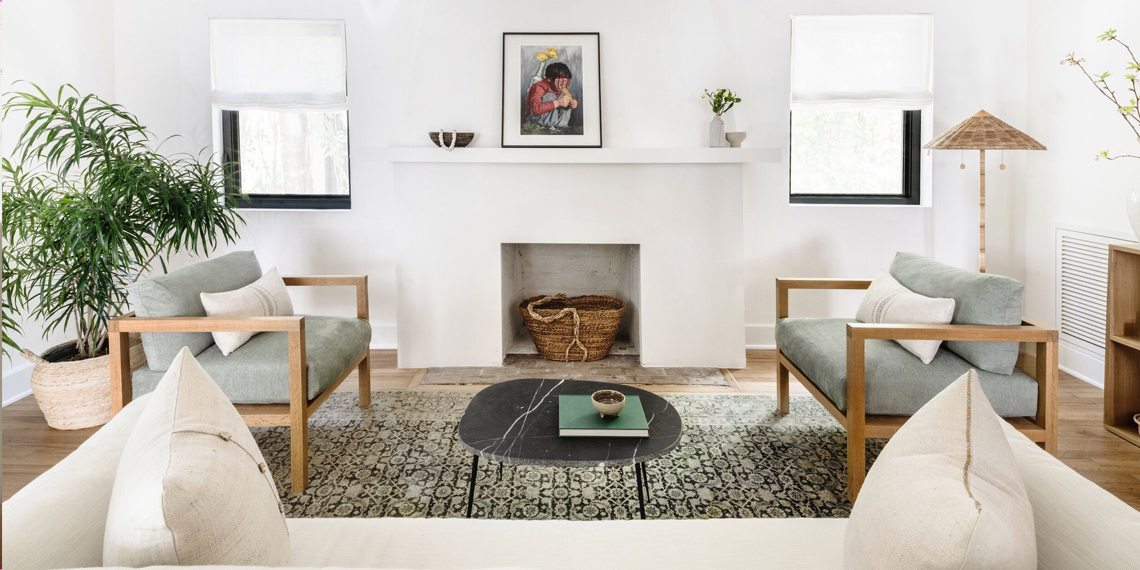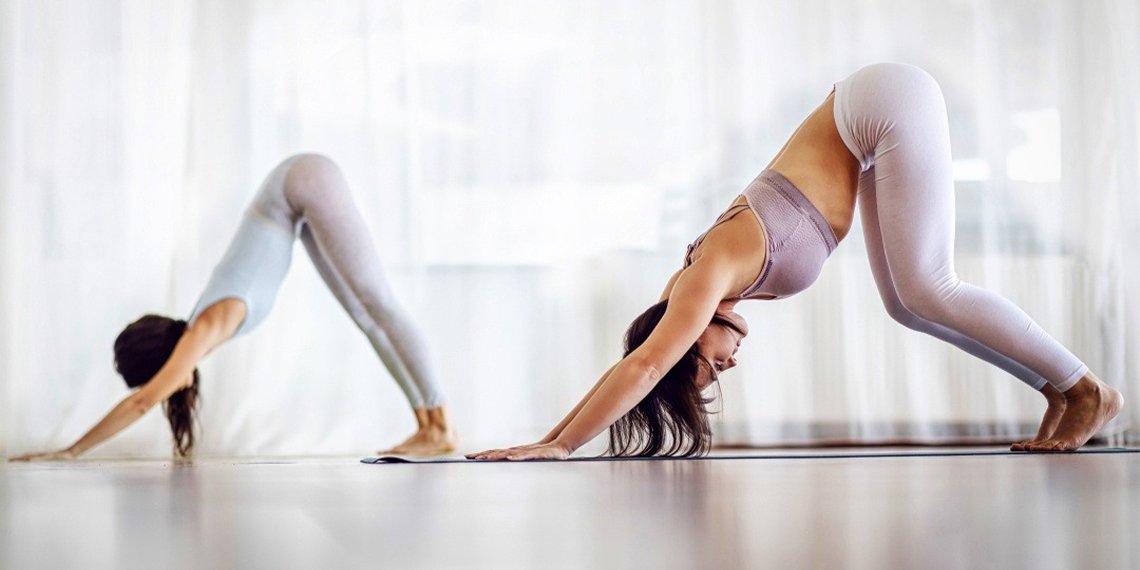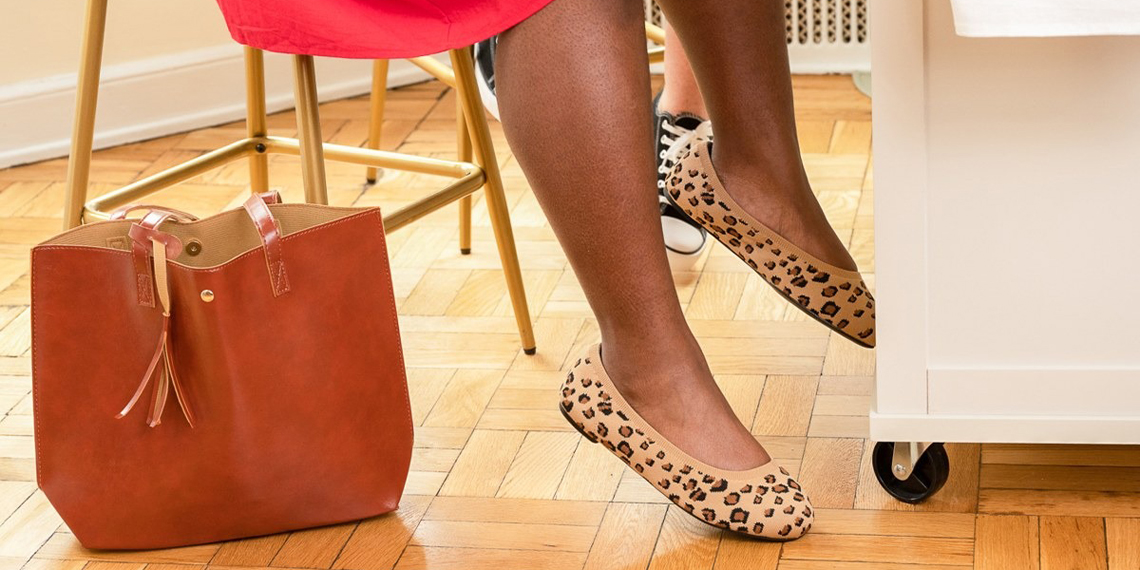Thick blankets, cinnamon-scented candles, pretty pumpkins, colorful leaves – what’s not to love about autumn?
Fall brings with it some of the coziest decorating trends yet, and what better way to welcome the season than to refresh your home with some autumnal decorations? But just because a trend is trending doesn’t mean it’s worth adopting, at least according to experts.
Designers have strong opinions about trends, and some styles make them immediately cringe—whether because a look is overdone or simply doesn’t work. I spoke with two design professionals to find out which fall trends they’d rather avoid this season. Read on for their answers.
Too Many Pumpkins
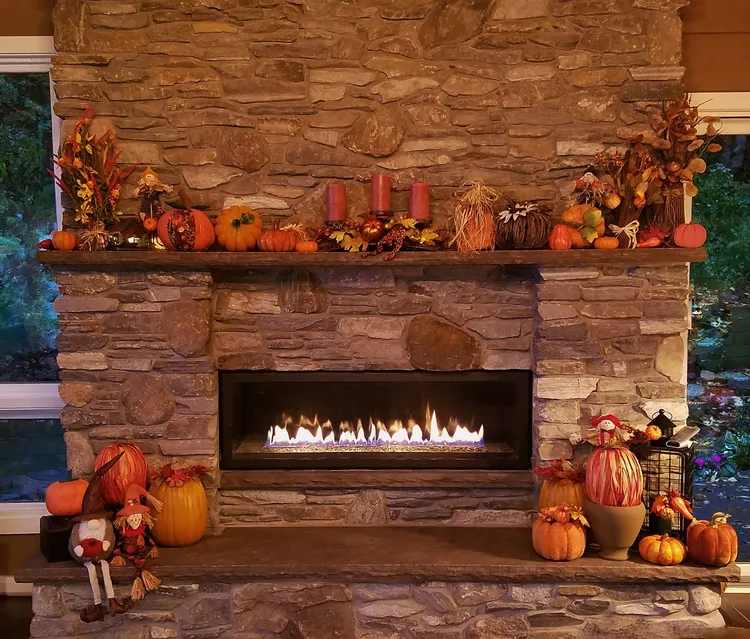
Can you ever have too much pumpkin decor? The answer is a resounding yes, according to Maria Ramirez, founder and design director of BB Interiors.
Pumpkins are a classic symbol of the season, and although Ramirez appreciates the natural beauty of these gourds, it is their overuse in fall decorating that she rejects.
“Pumpkins are beautiful in nature, but overusing them indoors can make it look more kitschy than cozy,” says Ramirez.
In Ramirez’s opinion, focusing on one or two outstanding pieces of pumpkin will have a greater impact.
When you do this, “the seasonal reference still feels festive, but remains elegant and intentional,” adds Ramirez.
Looking for more design inspiration? Sign up for our free newsletter and receive the latest decorating ideas, designer tips, and much more every day!
Veggie Shaped Vessels
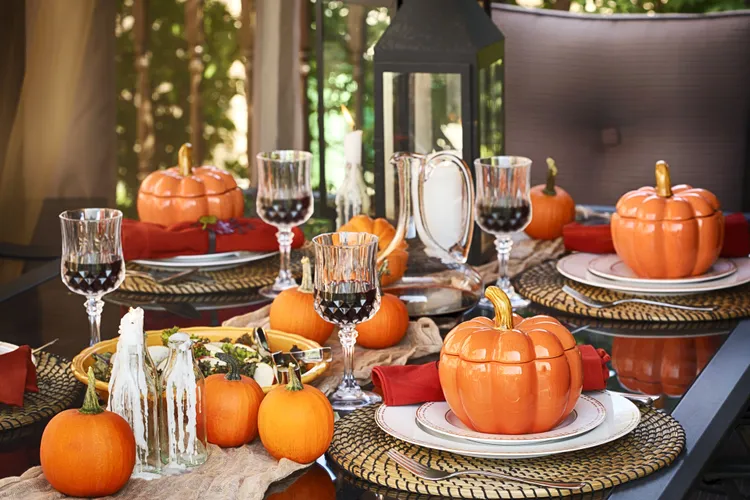
As the cozy season approaches, vegetable-shaped bowls, vases, mugs, and containers of all kinds appear. Whether they’re shaped like pumpkins, squash, or gourds (or any other autumn vegetable), this trend is simply unbearable for Lauren MacDonald, owner and head designer of Elle Macque Interiors.
“I understand the seasonal inspiration, but in a home, they rarely feel timeless or versatile,” says MacDonald.
There’s one caveat, however, says MacDonald: If your space leans heavily toward the cottagecore aesthetic, it might work; otherwise, these vessels end up looking more kitsch than chic.
Oversaturated Fall Colors
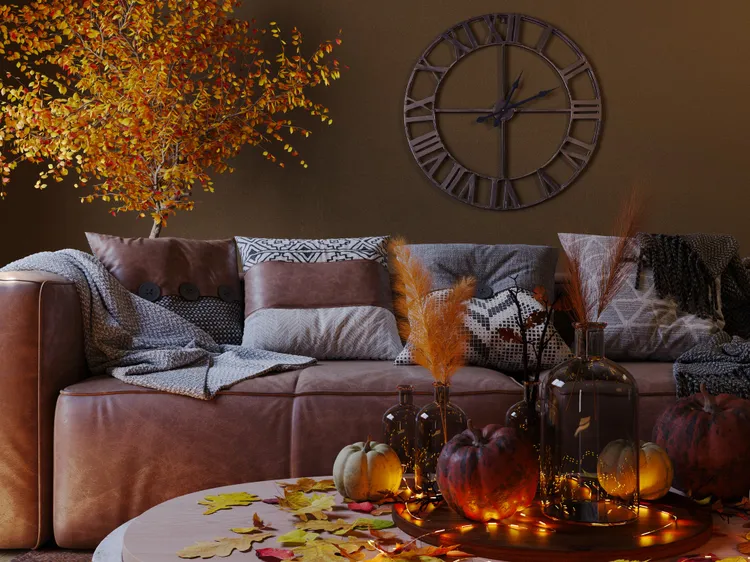
During sweater season, shades like orange, rust, and brown are abundant outdoors. Ramirez recommends leaving these colors alone, as they can make a room feel heavy and dated indoors.
“Strong fall colors tend to absorb light and make a room feel flat, which is anything but inviting,” says Ramirez.
Their unsaturated counterparts, like muted ochre or earthy olive, “still reflect the season but bring warmth in a way that feels fresher and more timeless,” adds Ramirez.
Word Art
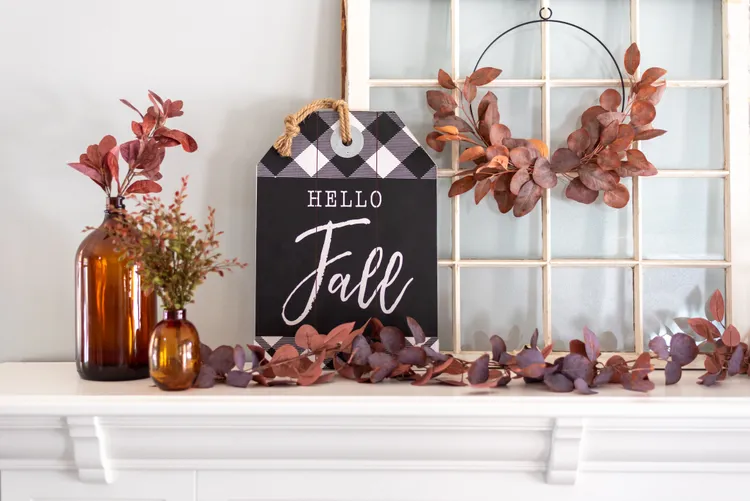
One way to welcome the new season into your home is, well, with a welcome sign. Only, McDonald’s isn’t a fan of that.
Whether it’s a simple “Welcome Fall” sign or something cuter like “Hello Pumpkin,” all seasonal word art “feels more like a word search than a meaningful decoration,” says MacDonald.
Such signs are meant to be warm and inviting. While MacDonald understands their purpose, she believes there are better ways to express this. Why not express the personality and feel of your home with rich fabrics, warm textiles, and cozy accessories, MacDonald adds.
Artificial Plants
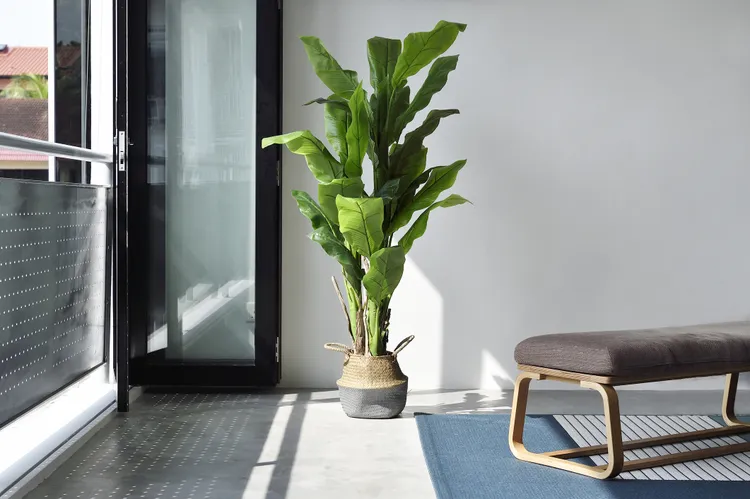
Although today’s artificial plants have come a long way, Ramirez is still not convinced by this growing trend.
“Artificial plants promise to be easy to care for, but they also have no soul,” says Ramirez.
Real greenery is always a good idea in interior design, but if you don’t have the means to care for real plants, which can be more difficult in the colder months, Ramirez says there are better options.
Instead of the artificial versions, Ramirez advises, “cheat cleverly and use a sculptural branch or a large vase of herbs—it smells and looks better.”
Faux Foliage
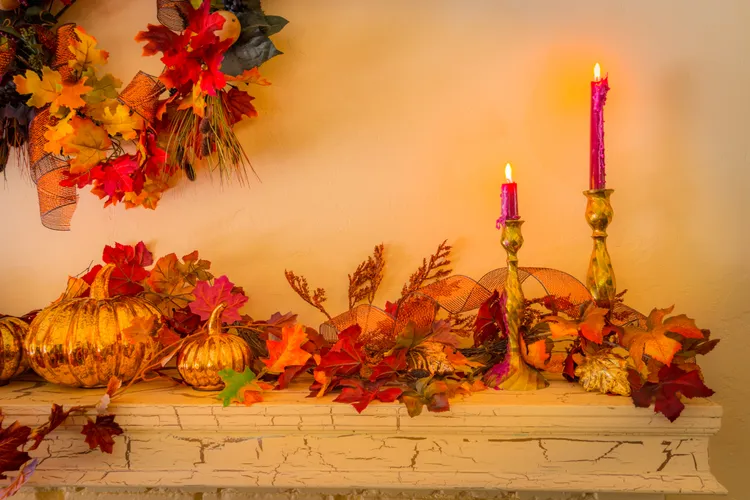
Fall leaves are a great way to bring a bit of nature into your home, but for Ramirez, that only applies if they’re real. Similar to artificial plants, Ramirez says you should avoid artificial fall leaves.
Whether in the form of a garland, a wreath, or a bouquet, decorations with red, gold, orange, or burgundy leaves are meant to represent the season, but ultimately look more like props than design, says Ramirez.
“The shiny plastic surface and uniform colors rarely capture the beauty of nature and can compete with existing furnishings rather than complement them,” says Ramirez.
As a simple alternative, Ramirez recommends displaying collected branches with leaves, dried autumn blossoms, or simply a few seasonal fruits.

